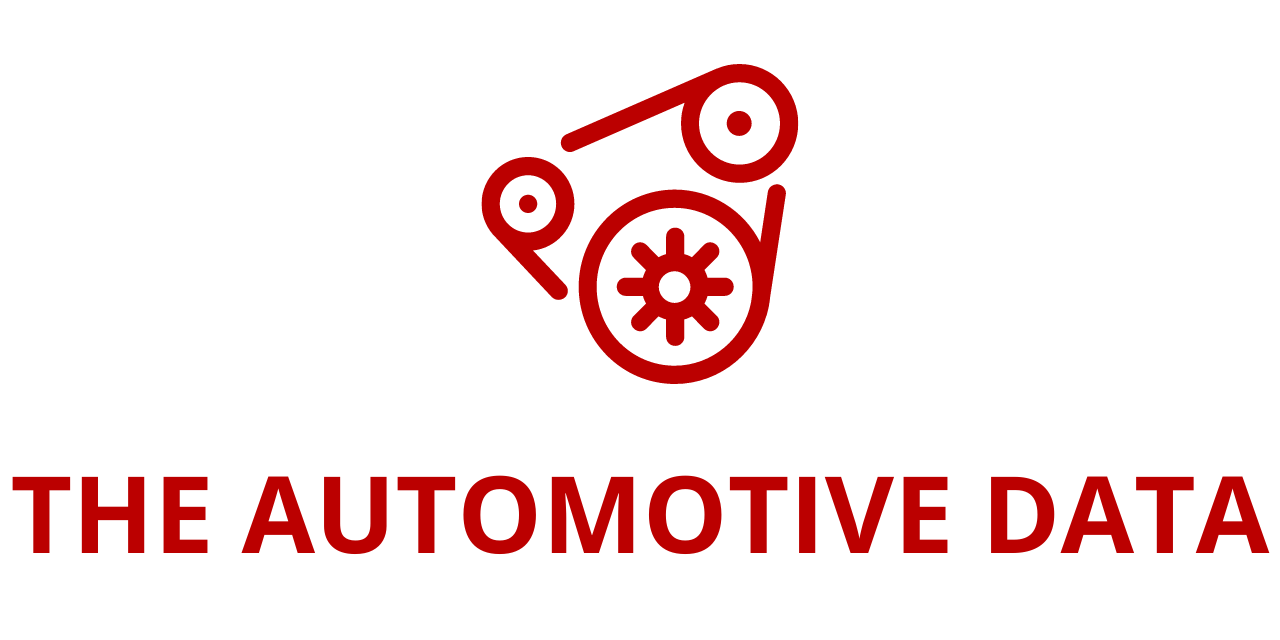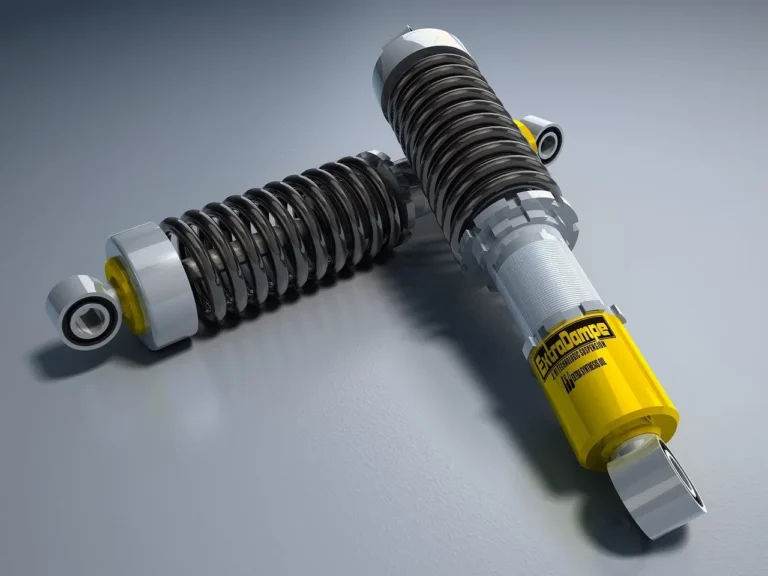
Seoul Semiconductor’s Breakthrough WICOP Technology Expands into Automotive Displays, Ushering in a New Era of Mini LED Innovation
Seoul Semiconductor Markets globally recognized as a leader in LED backlight technology and ranked as the world’s No. 1 in the segment, announced a significant milestone on July 2nd. The company revealed that its groundbreaking No-wire LED technology, known as WICOP, has officially entered the automotive display market in the form of Mini LED displays, marking another chapter in the evolution of advanced automotive electronics. This deployment began in earnest in May, underscoring Seoul Semiconductor’s accelerating momentum in the global automotive sector.
WICOP, short for Wafer Integrated Chip on PCB, is a unique LED architecture developed and patented by Seoul Semiconductor. Distinguished as the world’s first LED package that requires no wire bonding or lens encapsulation, WICOP simplifies the manufacturing process and significantly enhances performance across several dimensions. This innovation has already proven itself in various high-performance environments, including smartphones, televisions, general lighting solutions, and automotive headlamp systems. The most recent development sees this technology being successfully adapted for automotive displays, which face some of the most challenging durability and performance requirements in the electronics industry.
A Game-Changer in Automotive Display Technology
As vehicle interiors continue to evolve, especially with the growth of autonomous driving technologies and digital cockpits, the demand for high-quality, high-resolution displays is escalating rapidly. Traditional display technologies like LCD and OLED, while widely used, often come with limitations regarding brightness, power efficiency, heat resistance, and long-term durability—particularly under extreme automotive conditions involving temperature fluctuations, constant vibration, and direct sunlight exposure.
Seoul Semiconductor’s WICOP-based Mini LED displays are positioned to address and overcome these challenges. Unlike conventional LED structures, which rely on wire bonding and a complex package assembly, WICOP utilizes a direct chip-on-board approach. This means there are no wire connections between the LED chip and the substrate, reducing potential failure points and enabling a significantly thinner, more compact display profile.
The ultra-slim form factor offered by WICOP technology allows for enhanced display integration in vehicle interiors, enabling applications such as curved displays, pillar-to-pillar dashboard screens, and even heads-up displays (HUDs). Furthermore, these Mini LED displays support Full Array Local Dimming (FALD), a critical feature that allows individual control over zones of the display backlight. This translates to richer contrast ratios, deeper blacks, and vivid colors, making the viewing experience far superior to conventional displays.
Most notably, these displays support High Dynamic Range (HDR) capabilities with a peak brightness of up to 1,200 nits. This high brightness output ensures excellent visibility even under direct sunlight, a common issue for in-vehicle screens. At the same time, WICOP technology reduces overall power consumption, which is especially important for electric and hybrid vehicles where energy efficiency is paramount.
Durability and Cost Efficiency Redefined
In addition to performance advantages, WICOP brings exceptional mechanical and thermal stability. Designed to operate reliably in high-temperature environments and under sustained vibration, WICOP LEDs exhibit superior reliability over time, making them ideal for automotive use where components must last the lifespan of the vehicle. This durability is further enhanced by the lack of bonding wires, which are often weak points in traditional LED packages.
Another critical benefit of WICOP is its economic advantage. Compared to OLED technology, which has become a common choice for premium vehicle displays but suffers from issues such as screen burn-in, limited brightness in direct light, and relatively high cost, WICOP offers a cost reduction of up to 25%. This cost efficiency does not come at the expense of performance—in fact, WICOP displays outperform OLEDs in many practical automotive scenarios. This makes WICOP a particularly attractive option for mass-market and premium automotive manufacturers alike, seeking to offer cutting-edge technology at competitive prices.
A Growing Global Footprint and Patent Protection Strategy
Seoul Semiconductor’s entry into the automotive display market comes as part of a broader strategy to extend WICOP’s reach across industries. The company has been steadily expanding the adoption of WICOP globally and is simultaneously reinforcing its intellectual property (IP) protections. To date, Seoul Semiconductor has secured significant legal victories in nine countries, including the United States, Germany, and China. These victories have resulted in injunctions, product recalls, and disposal orders against entities found to be infringing on its WICOP patents.
Such legal outcomes not only highlight the technological distinctiveness of WICOP but also demonstrate Seoul Semiconductor’s commitment to protecting its innovations. With over 18,000 patents held globally, the company is building a strong defensive and offensive position in the global LED ecosystem. This IP fortress allows Seoul Semiconductor not only to protect its current market but also to license or commercialize its technologies across new verticals and regions with confidence.
Positioning for the Future of Mobility
Commenting on the announcement, Yong-Hyuk Lee, Executive Vice President of Global IT Sales at Seoul Semiconductor, emphasized the strategic importance of the automotive display market. He noted, “As autonomous driving becomes more widespread and vehicles evolve into living and working spaces, the importance of in-vehicle displays is growing rapidly. WICOP not only delivers superior visibility and energy efficiency, but also offers strong patent protection—further strengthening its position beyond displays and into the broader automotive market.”
His remarks underscore a broader vision: vehicles of the future will increasingly resemble mobile living spaces, complete with entertainment systems, workstations, and connected displays that provide drivers and passengers with real-time data, navigation, entertainment, and safety information. These immersive experiences rely heavily on display technologies that are resilient, power-efficient, and high-performance—precisely the features that WICOP enables.
The adoption of WICOP Mini LED technology by the automotive sector marks a major inflection point—not just for Seoul Semiconductor, but for the industry as a whole. As more automakers explore digital cockpits, immersive infotainment systems, and enhanced driver-assist interfaces, there will be a growing demand for robust display technologies that can handle the dynamic and harsh conditions of a vehicle’s interior.
Moreover, with global regulations pushing for greater energy efficiency and sustainability, the low power consumption offered by WICOP aligns well with emerging industry standards. Its cost-effectiveness also supports broader adoption in both premium and economy vehicle segments, ensuring scalability across different markets.
By combining technological innovation, proven reliability, economic value, and strong legal protection, Seoul Semiconductor’s WICOP is poised to become a cornerstone technology in the evolution of next-generation automotive displays. The company’s proactive investment in R&D and aggressive IP enforcement strategy further solidifies its role as a global leader in LED innovation.
As the automotive industry shifts gears toward smarter, safer, and more connected vehicles, Seoul Semiconductor and its WICOP platform are well-positioned to light the way.
Seoul Semiconductor is the world’s third-largest global optoelectronics (LED) company, specializing in LED technology for over 30 years. With the vision of “Making the world clean, healthy, and beautiful through light,” Seoul Semiconductor leads a new paradigm of light across various industries, including lighting, automotive, IT (such as backlighting), and its subsidiary, Seoul Viosys, which specializes in MicroLED, UV, Sensors, and Datacomm(SD).
Some of the groundbreaking technologies developed by Seoul Semiconductor include the world’s first innovative No-wire LED technology WICOP, the SunLike LED, which replicates natural sunlight spectrum, the high-voltage LED Acrich, the ultra-bright nPola LED (10 times brighter than conventional LEDs), the RGB one-chip MicroLED WICOP Pixel, and UV sterilization technology Violeds.
Seoul Semiconductor holds an impressive portfolio of over 18,000 patents, and in the last 20 years, the company has won over 100 cases in patent litigation across 8 countries. Believing that the patent system provides hope for young people and serves as a foundation for building a better world, the company is actively engaged in intellectual property protection.







